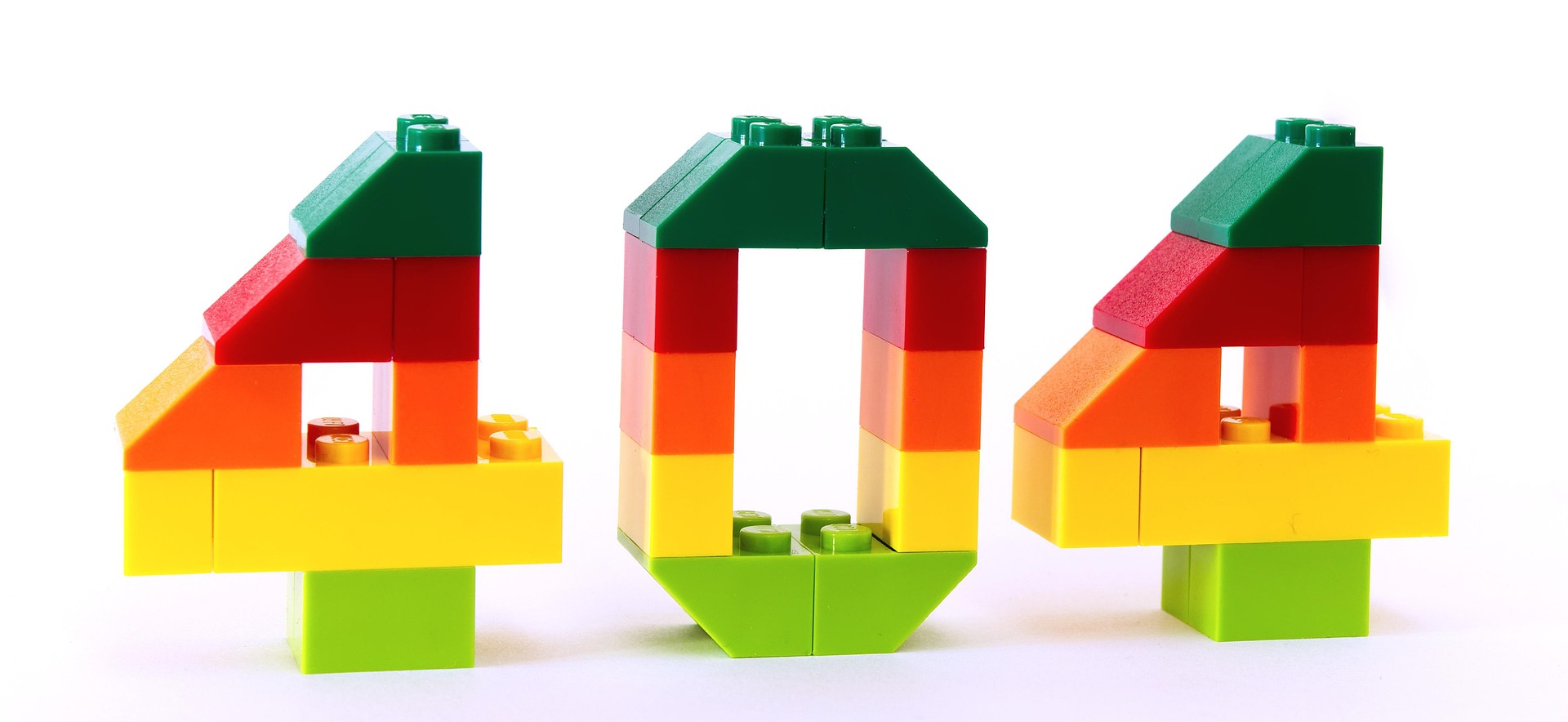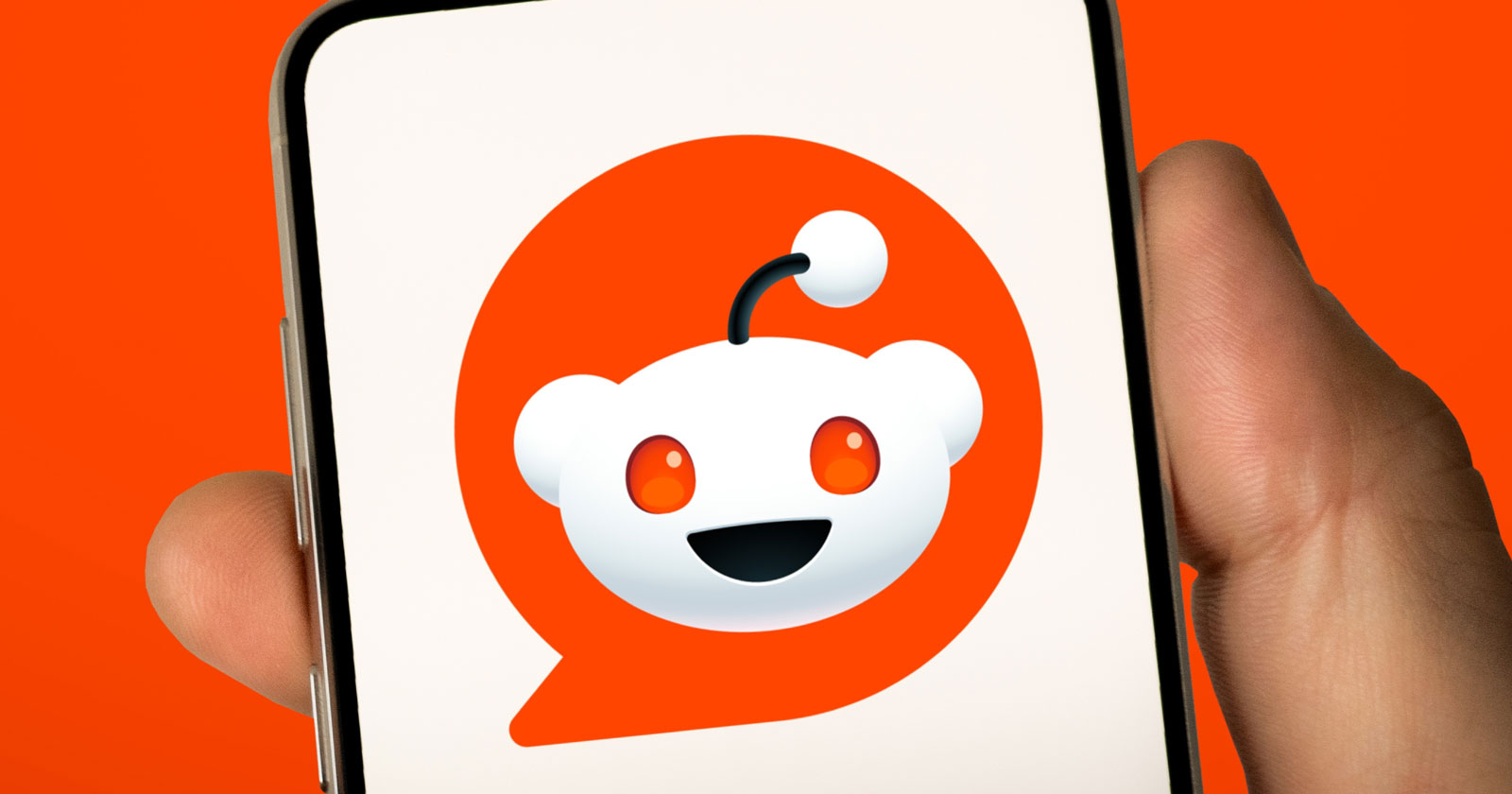How to Turn 404 Errors to Leads and Engagement
You’ve been there. You rush to the link, you click the link, and BAM —”404 Not Found.” Frustrating, right? It’s as though you go in the store and the door is locked. But what if I were to say...

You’ve been there. You rush to the link, you click the link, and BAM —”404 Not Found.”
Frustrating, right? It’s as though you go in the store and the door is locked. But what if I were to say that this dead-end moment might be just the chance for some more?
Yes, you read that right. A well-designed 404 page can keep users on your site, lead them to what they came to find, or even turn frustration into amusement.
In fact, 73% of users who arrive on a bland 404 page leave and never come back to your site.
That’s a lot of potentially lost potential. But here’s the thing: it’s two-way street, too, because when done right, a 404 page can help to lower bounce rates, save visitors, keep visitors engaged, and in some cases, even encourage conversions.
Indeed, 81% of marketers believe interactive content on a 404 page captures attention better than static content.
Well, how to turn a “dead end” into a “detour”? Let’s dive in.
Why 404 Pages Matter for Engagement
Let me throw some stats at you:
73% of users leave a site after hitting a generic 404 page.81% of marketers say interactive content on 404 pages works better than static text.A well-designed 404 page can boost conversion rates by up to 200%.That 404 page doesn’t matter? Think again.
404 Errors Are More Common Than You Think
404 errors – Where most of them are from? Here’s the breakdown:
45.87% from bookmarks, email links, typos and direct links.30.26% from referral & social networks.17.58% from internal links with error.6.3% from search engines.That’s a ton of traffic being directed to dead ends. And you’re losing out on all those potential customers for the simple fact that your 404 page sucks. Ouch.
Key Strategies for Engaging 404 Not Found Pages
Alright, let’s get practical. So how do you design a 404 page that, well, works? Here are six ways to transform frustration into engagement.
Make Navigation Effortless
The golden rule of a good 404 page? Get people back on track. Provide easily found links to your home page, popular sections, or a site map. Include a good-sized search bar so users can easily locate what they were after.
For example, have your 404 page contains links to your most visited pages. It’s easy and works great!
Utilize Humor and Brand Persona
Humor softens the blow. Sometimes a clever message or cute little graphic can transform an irritating moment into a lasting memory.
Your 404 page is an opportunity to let your personality shine. Don’t waste it.
Provide Useful Tips and Content
Don’t just say the page isn’t there, but offer them a way to find something else. Recommend relevant articles, products or resources based on what they want to do or have visited previously.
This happens particularly on ecommerce sites. Rather than kiss off that sale, they turn 404 pages into treasure maps that help guide users toward similar or popular products.
Embed Interactive Elements
Interactive content captures the eye of others. A quiz, a poll, a calculator or a very basic game can turn a bad experience into a good one.
A quiz can guide new visitors to the content they were looking for. And the best part is it not only interacts with the users but also qualifies leads.
Use Lead Generation Tactics
Why not convert a lost visitor into a lead? Integrate newsletter sign-ups, promotional offers or coupon codes to encourage readers to remain engaged.
A handful of eCommerce brands takes it a step further and provides a discount code right from the 404 page. Smart move.
Add Chatbots or Live Support
Sometimes people just need a hand. A chatbot can provide instant help and help answer any questions or direct users back to applicable content.
Chatbots can comforted users with a friendly answers which increases the chance of users staying engaged.
Best Practices for High Converting 404 Pages
Now that you’ve seen some examples, let’s discuss best practices. Here’s how to make a 404 page that converts.
Keep It Helpful
Simply give clear directions, helpful links, and a way to navigate easily. And what you want is to redirect users as quickly as you can.
Personalize When Possible
Recommend based on user behavior or history. The more relevant the recommendations, the better the experience.
Test and Optimize
Track bounce rates, session time, and user flow with analytics around your 404 pages. Tune both content and form to whatever keeps users engaged.
Monitor and Fix Broken Links
Audit your site regularly to reduce 404 errors. But always have an interesting fallback when they do.
Measuring and Enhancing 404 Page.
How do you measure if your 404 page is successful? Data, my friend. Track performance with tools such as Google Analytics.
Identify Traffic Sources
Discover which 404 pages are bringing in the most traffic. This also makes you prioritize things to fix and improve.
Analyze Bounce Rates
High bounce rates indicate that your 404 page isn’t performing its role. Find ways to make it more interesting.
Track User Flow
Watch people who come to and leave 404 pages. This provides insight into where they are coming from and where they’re headed next.
Segment Users
Filter data by source, device, or region. Customize your 404 content for different audiences to get the most out of it.
Make Your 404s Work for You
404 errors are a fact of life, but they need not be a squandered opportunity. With a little bit of imagination and some strategic smarts you can transform these frustrating moments into opportunities for engagement, lead generation and even revenue.
Remember:
Keep it helpful.Show your personality.Make it interactive.Track and optimize.It’s a competitive digital world and all interactions matter. Don’t allow 404 pages to work against you. Put them to work for you, instead.

 MikeTyes
MikeTyes 































